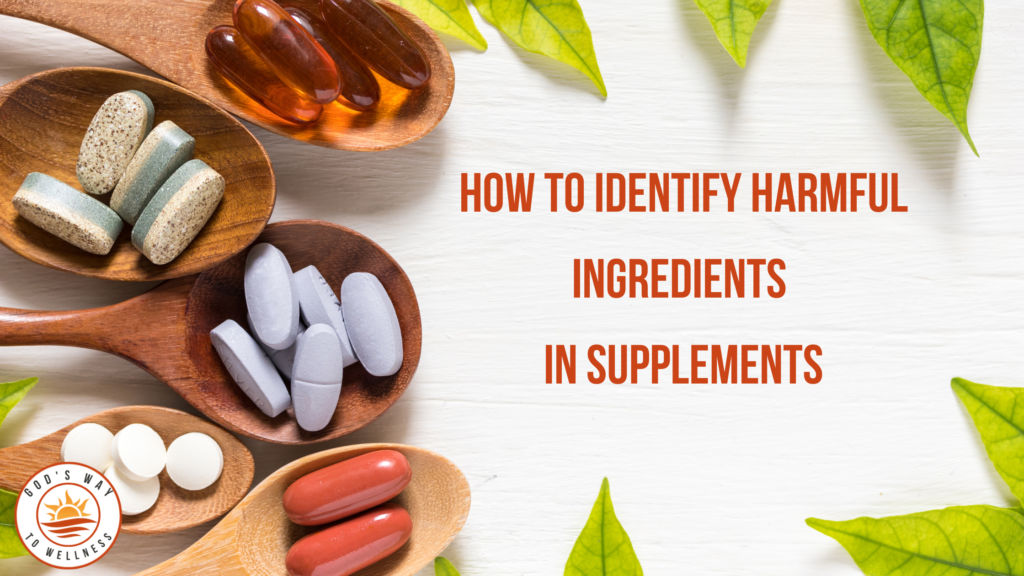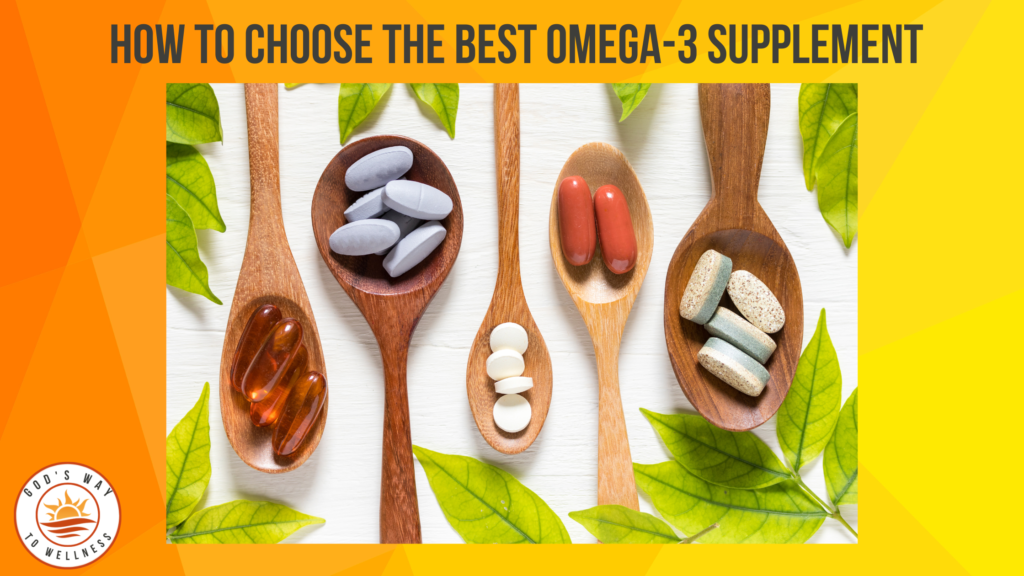Would you like to lose weight, suppress hunger, heal your gut, have more brain power, energy and stamina? Try some MCT oil! Here is a summary of what MCT oil is and learn about the five proven benefits of MCT oil.
What is MCT oil?
Remember when coconut oil was the cure-all for everything? You can cook with it, moisturize your skin and hair with it, eat it and lose weight, repel mosquitoes, remove stains, and even polish your furniture with it.
However, certain fatty acids in coconut oil called MCT or medium-chain triglycerides are more effective than coconut oil in several ways. In addition, MCTs are found in palm oil and dairy products. MCT oil is produced by distillation or fractionation of coconut oil or palm oil. When MCT oil is ingested, normal digestion is bypassed. It is absorbed rapidly by the body and goes straight to the liver. Therefore, one benefit of MCT oil is being a very efficient fuel source for the body, especially for the brain.
There are four types of MCT in coconut oil and palm oil. Coconut oil contains about 55% of the following four types of MCTs. (For any biochemistry geeks, the C stands for carbon and the number is the number of carbon atoms)
- Caproic acid (C6)
- Caprylic Acid (C8)
- Capric Acid (C10)
- Lauric Acid (C12)
Properties of MCT
Not all MCTs are equal. Only two, C8 and C10, are in MCT oil.
| Caproic Acid (C6) | Caprylic Acid (C8) | Capric Acid (C10) | Lauric Acid (C12) | |
|---|---|---|---|---|
| In MCT Oil? | No | Yes | Yes | No |
| Properties | Bad taste | Potent antimicrobial and the best fuel for the brain | Fuel for the brain but not as potent as C8 | Potent anti-microbial but not a good fuel for the brain |
Comparison of coconut oil and MCT oil
| Coconut oil | MCT oil | |
|---|---|---|
| Composition | C6, C8, C10 and C12 | Only C8 and C10 |
| % of MCT | At least 50% C12. Only a small percentage of C6, C8 and C10 | Either 100% C8 or mixture of C8 and C10 |
| Appearance at room temperature | Solid | Liquid |
| Metabolic properties | Slower digestion and not a rapid energy source because greater % of C12 | Rapid digestion and available energy source for the body and brain |
So why should we use MCT oil instead of coconut oil?
Since MCT oil has only C8 and C10, the properties of fuel for the body and brain, energy and antimicrobial activity are much more concentrated than in coconut oil. You would have to consume so much more coconut oil to get the same benefits as MCT oil. This is important because, after all, coconut oil and MCT oil are both healthy fats but are high in calories, as all fats are.
Therefore, for external use such as a face cleanser, hair and body moisturizer, and cooking oil coconut oil works just fine. MCT oil has many more benefits for internal use than coconut oil.
Five benefits of MCT oil
The benefits of MCT oil are amazing. There are many others still being investigated besides the ones below. Below, I summarize five benefits of MCT oil and the research behind them.
- Weight loss. Studies show that MCT oil, especially C8 and C10, allows the body to burn fat and calories, and also can increase metabolism. [1] [2]
- Suppress hunger. The healthy fats in MCT oil are satiating so you feel full longer and therefore can go longer without eating. [3]
- Brain power. Ketones produced from MCT oil provide instant fuel for the brain and improves cognitive impairment in Alzheimer’s Disease. [4]
- Gut health. MCT oil encourages the growth of good bacteria in the gut because of the antimicrobial capabilities of C8. It may prevent leaky gut, which is when bacteria and toxins can leak through the intestinal wall, producing an inflammatory reaction that is the source of various conditions. [5]
- Increased stamina. Due to increased energy metabolism, MCT oil may help increase endurance and stamina during exercise. [6] [7]
Purchasing MCT oil
When purchasing MCT oil, make sure they state the percentage of each MCT on the bottle label. MCT oil with 100% C8 will be the most expensive. Some less expensive oils will be a mixture of C8 and C10. If there is no percentage stated on the bottle, do not buy it. This product may contain C12 or even C6. It may be less expensive but it is not a good quality oil. If you want the benefits of C12, you should just use coconut oil since it has approximately 50% lauric acid (C12) and not as many benefits. Caproic acid (C6) should NOT be in MCT oil because of its foul taste and smell. MCT oil should be odorless and tasteless.
MCT oil comes in a bottle as oil, in a soft gel or powder. The powdered form has another filler or substance in it to make it into a powder form. The best ingredient for this is acacia fiber. Avoid other fillers and artificial flavorings. The powder form also comes in flavors. The powder and soft gel are more portable for travel but are more expensive.
How to use MCT oil
Since it is tasteless, you can add MCT oil to just about food or drink, or just consume it alone. You may need to use a blender to emulsify it in water-based drinks. Start with small doses such as 1 tsp per day and work up to 1 tablespoon per day. Digestive side effects can occur if you ingest too much at first. Suggestions for use are in bulletproof coffee, in smoothies, to make salad dressing, or just drizzle on any food or add to any drink. Avoid high heat (over 320 degrees F) when using the oil for cooking.
Conclusion
In conclusion, coconut oil and MCT oil each have many unique properties and benefits. As a result, stick with coconut oil for external use and cooking with high heat. MCT oil is a highly concentrated form of some of the extraordinary ingredients found in coconut oil. And there are so many benefits of MCT oil and more are still being investigated. For metabolic and cognitive effects, always choose MCT oil and supercharge your brain!
References
[1] https://www.ncbi.nlm.nih.gov/pubmed/9570335
[2] https://www.ncbi.nlm.nih.gov/pubmed/7072620
[3] https://www.ncbi.nlm.nih.gov/pubmed/25402637
[4]https://www.ncbi.nlm.nih.gov/pubmed/26766547
[5]https://www.ncbi.nlm.nih.gov/pmc/articles/PMC4882694/
[6]https://www.ncbi.nlm.nih.gov/pubmed/19436137
[7]https://journals.plos.org/plosone/article?id=10.1371/journal.pone.0191182



